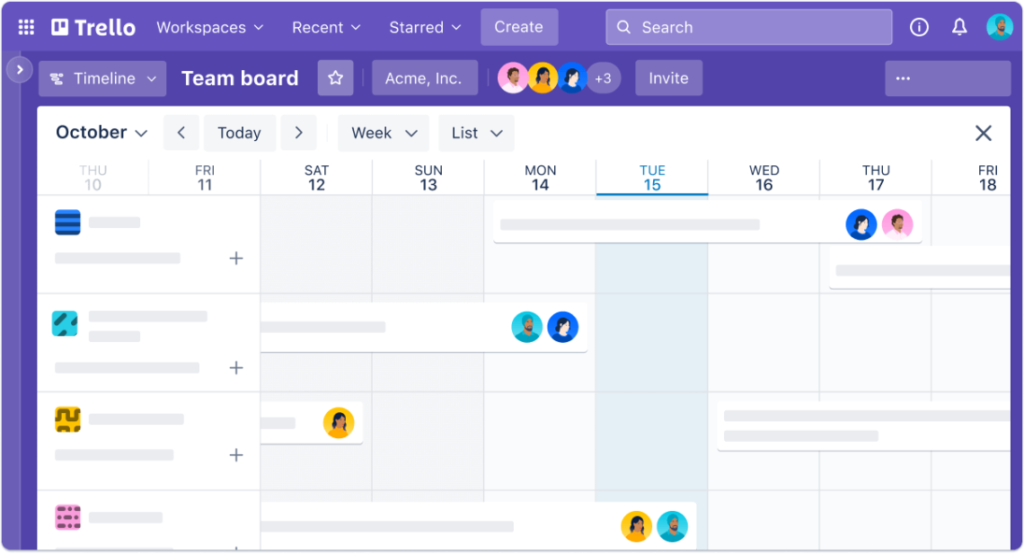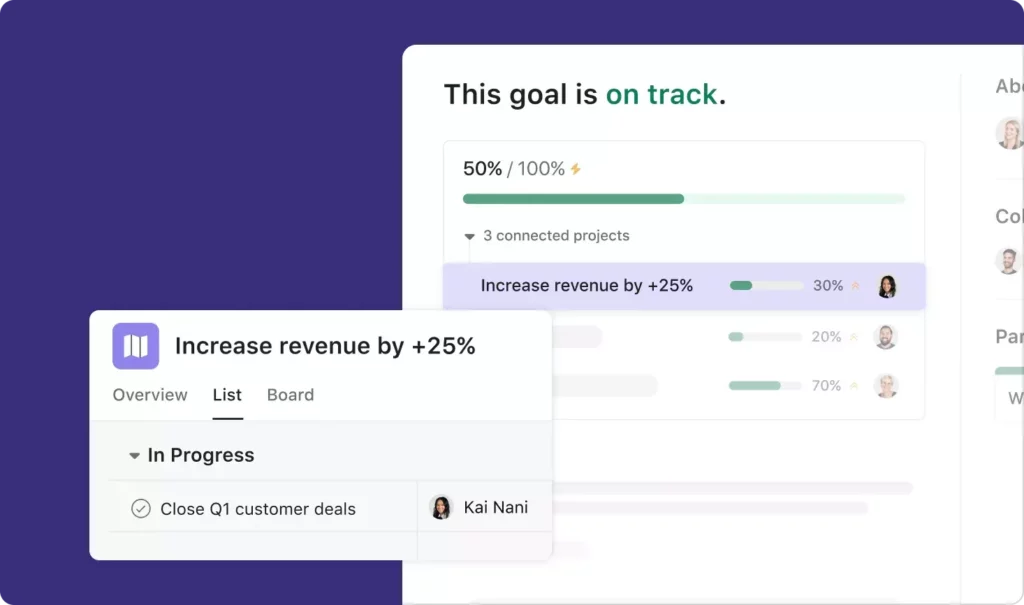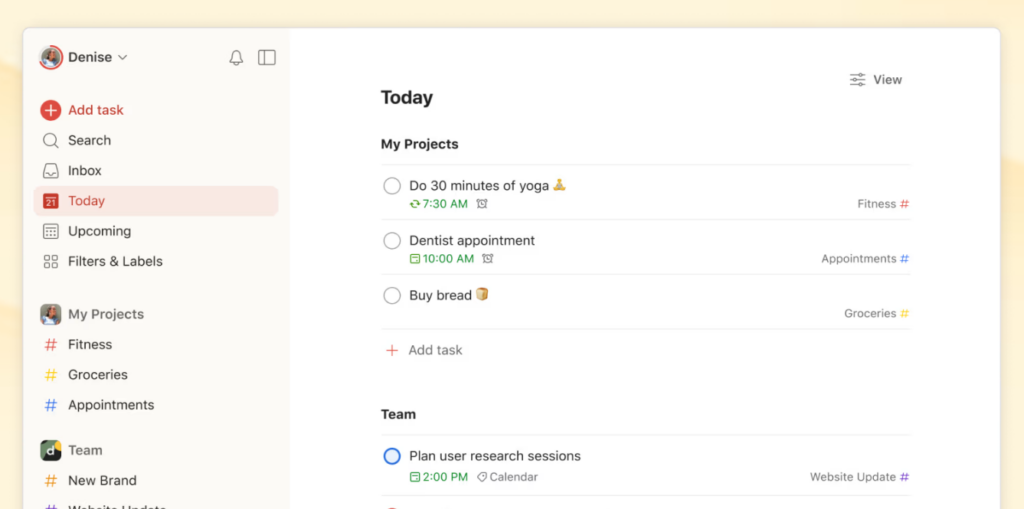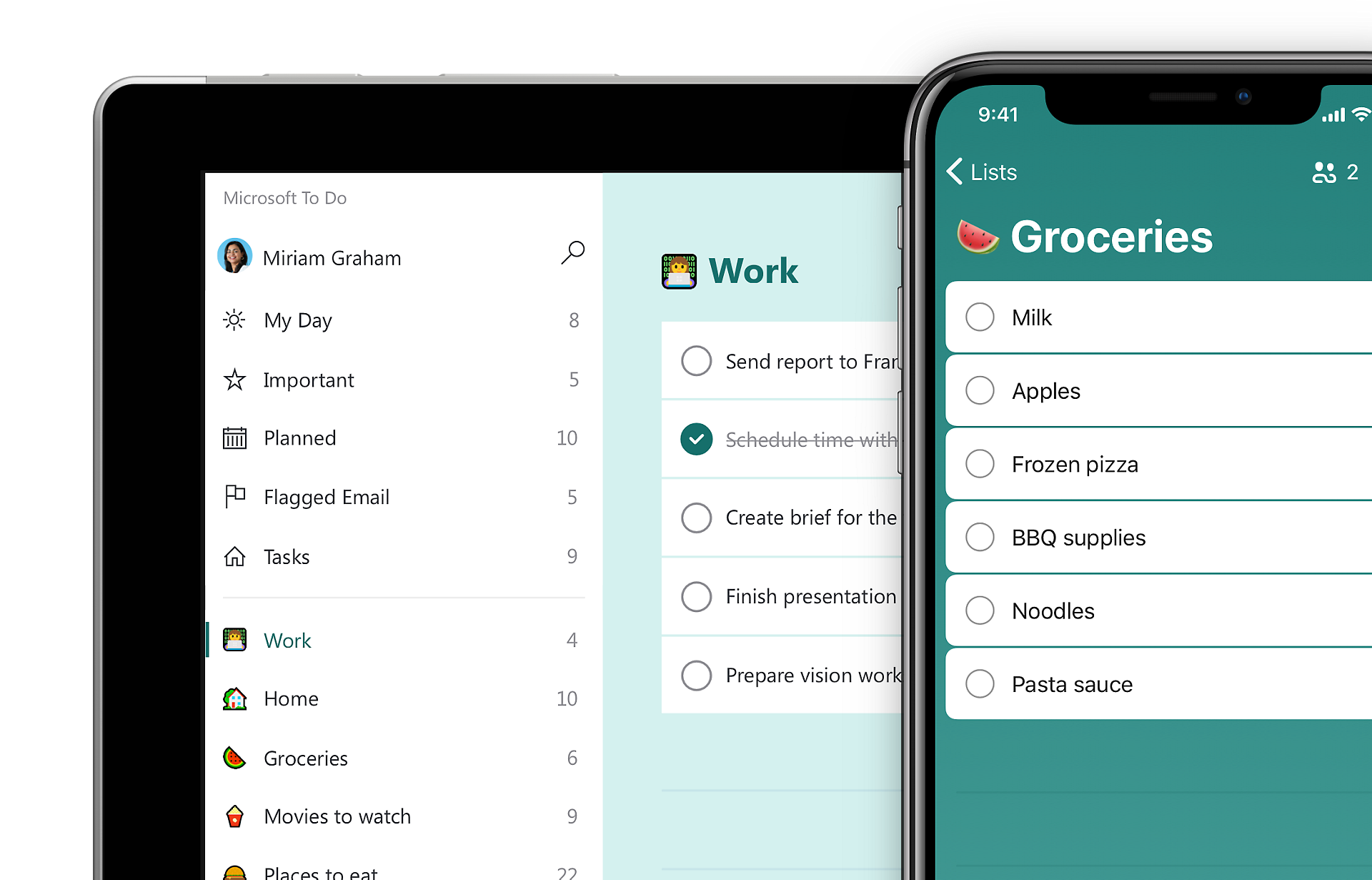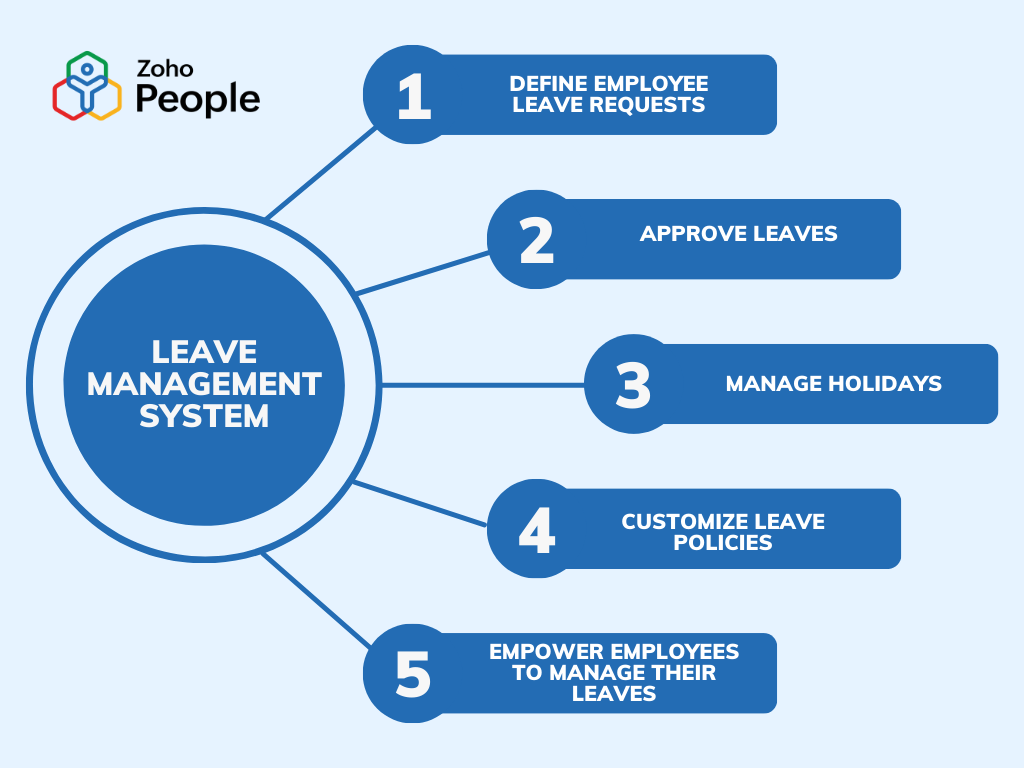In employee benefits, vacation and paid time off (PTO) are terms frequently used interchangeably, yet they signify distinct concepts with unique applications and implications for both employees and employers. Understanding the differences between these types of leave is essential for effective workforce management and ensuring employees fully utilize their entitlements. This article explores the definitions, distinctions, examples, and advantages of vacation and PTO, offering a detailed overview beneficial to both employees and employers
Defining Vacation and Paid Time Off
Vacation
Vacation refers to a specific allocation of time granted to employees for rest, relaxation, and personal activities. This time is usually planned in advance and must be approved by the employer. Vacation days are generally separate from other types of leave, such as sick leave or personal days, and are often accrued based on the length of service.
Key Points:
- Purpose: Rest, relaxation, and personal activities.
- Rückstellung: Typically based on length of service.
- Approval: Requires prior approval from the employer.
Paid Time Off (PTO)
Paid Time Off (PTO) is a more flexible approach to employee leave. It combines vacation days, sick leave, and personal days into a single bank of days that employees can use at their discretion. PTO policies allow employees to manage their time off without specifying the reason, providing greater autonomy and flexibility.
Key Points:
- Purpose: Any reason (vacation, illness, personal matters).
- Rückstellung: Typically based on length of service.
- Approval: May or may not require prior approval, depending on the reason for taking leave.
Key Differences Between Vacation and PTO
Flexibility and Usage
- Vacation: Limited to specific purposes such as rest and leisure. Employees must often justify their reason for taking vacation time and get it approved in advance.
- PTO: Offers greater flexibility, allowing employees to use their time off for any purpose, whether it’s a vacation, illness, or personal matter. This reduces the need for detailed explanations and approvals.
Accrual and Balance
- Vacation: Usually accrued based on an employee’s length of service. For example, an employee might earn two weeks of vacation per year, increasing with tenure.
- PTO: Also accrued based on service length, but the accrued days can be used for any reason. Employees might accrue a set number of PTO hours each pay period, which can be used flexibly.
Employer Control and Planning
- Vacation: Requires planning and approval, allowing employers to manage staffing levels and ensure adequate coverage during peak times.
- PTO: Offers less control over the specific reasons for time off, but still requires approval for the time away to ensure business operations are not disrupted.
Is PTO or Vacation Leave Mandatory?
Whether Paid Time Off (PTO) and vacation leave are mandatory depends on the country’s labor laws and the specific policies of individual employers. Here’s a detailed look at the general requirements in different regions:
United States
Federal Law
- Vacation Leave: There is no federal mandate requiring private employers to provide vacation leave. It is at the discretion of the employer.
- PTO: Similar to vacation leave, there is no federal requirement for employers to offer PTO. However, many employers choose to provide it as a competitive benefit.
State Laws
- Some states have specific regulations regarding vacation leave. For example, in California, accrued vacation is considered earned wages and cannot be forfeited. However, there is no state requirement to provide vacation leave.
- State laws regarding PTO vary, and while there is no mandate for employers to offer PTO, many states have regulations concerning the payout of accrued PTO upon termination of employment.
European Union
The European Union mandates minimum vacation leave for all member countries:
- Vacation Leave: Under the EU Working Time Directive, employees are entitled to a minimum of four weeks (20 days) of paid vacation leave per year.
- PTO: The concept of PTO as it is understood in the U.S. is less common in the EU, where leave types (vacation, sick leave, personal days) are often separated. However, the total leave granted often meets or exceeds minimum standards due to generous labor laws.
United Kingdom
- Vacation Leave: The UK mandates a minimum of 28 days of paid leave per year, which can include public holidays.
- PTO: The UK does not specifically use the term PTO, but the minimum leave includes all forms of paid leave an employee might need, including vacation and personal time.
Canada
- Vacation Leave: In Canada, vacation leave entitlements vary by province, but the general standard is at least two weeks of paid vacation after one year of employment.
- PTO: Similar to the U.S., there is no specific requirement for PTO. However, provincial laws regulate the treatment of vacation pay and other forms of leave.
Australia
- Vacation Leave: Australian employees are entitled to a minimum of four weeks of paid annual leave, with additional leave granted for certain professions and types of work.
- PTO: While PTO as a comprehensive policy is not mandated, Australian labor laws cover various types of leave, including sick leave, personal leave, and annual leave.
Employer Policies
While many countries do not mandate PTO or vacation leave, many employers offer these benefits to attract and retain talent. These policies vary widely and can include:
- Vacation Leave: Often accrued based on length of service and specific company policies.
- PTO: May be offered as a lump sum of days that can be used for any purpose, providing flexibility to employees.
Pros and Cons of a General PTO Policy and Separate Vacation Leave
1. General PTO Policy
A General PTO (Paid Time Off) policy combines vacation days, sick leave, and personal days into a single pool of days that employees can use at their discretion.
Pros:
Flexibility:
- Employee Control: Employees can use their time off for any reason, whether it’s for vacation, illness, or personal matters. This flexibility can lead to increased employee satisfaction.
- Simplified Tracking: Reduces the need for employees to categorize their time off, making it easier to manage and track.
Increased Utilization:
- Reduced Unused Leave: Employees are more likely to use their allocated time off since it can be used for various purposes, reducing the amount of unused leave at the end of the year.
Equality:
- Fairness: Treats all time off equally, ensuring that all employees have the same amount of leave regardless of their personal situations.
Cons:
Risk of Insufficient Sick Leave:
- Health Risks: Employees might use up all their PTO for vacation and personal days, leaving no time for unexpected illnesses, which can lead to coming to work sick and spreading illness.
Complex Management:
- Approval Challenges: Managers might find it harder to approve time off if they cannot predict why employees are taking leave, especially during peak times.
Burnout Risk:
- No Forced Rest: Employees might not take enough time off for actual rest since they may use their PTO for various short-term needs rather than extended vacations.
2. Separate Vacation Leave
Separate vacation leave policies distinctly categorize different types of leave, such as vacation, sick leave, and personal days, each with its own accrual and usage rules.
Pros:
Defined Purpose:
- Dedicated Rest Time: Ensures employees have a specific amount of time allocated for rest and relaxation, which can improve overall well-being and productivity.
- Sufficient Sick Leave: Guarantees that employees have a separate allotment for health-related absences, reducing the likelihood of coming to work sick.
Predictability:
- Planning: Managers can better plan and manage staffing needs, knowing the specific reasons for employees’ absences.
- Accrual Clarity: Clear distinction in how different types of leave accrue and are used can reduce confusion.
Employee Protection:
- Legally Required: Often complies better with legal requirements that mandate specific types of leave, such as sick leave or family leave.
Cons:
Inflexibility:
- Limited Use: Employees may find it frustrating to have unused vacation days while needing more sick or personal days, leading to underutilization of benefits.
- Administrative Complexity: Requires more administrative effort to manage and track multiple types of leave separately.
Inequality:
- Varying Needs: Different employees have different needs, and a one-size-fits-all policy might not be equitable. For instance, employees with chronic illnesses might need more sick leave.
Accrual Issues:
- Carryover and Payout: Managing carryover of unused leave and ensuring proper payout of accrued leave upon termination can be complex.
Examples of Vacation and PTO Policies
Example 1: Traditional Vacation Policy
Company A offers its employees a traditional vacation policy where:
- Employees accrue 10 vacation days per year.
- Vacation days must be requested at least two weeks in advance.
- Unused vacation days can roll over to the next year, up to a maximum of 20 days.
Example 2: Comprehensive PTO Policy
Company B implements a PTO policy where:
- Employees accrue 15 PTO days per year.
- PTO can be used for vacation, sick leave, or personal reasons without specifying the purpose.
- Employees must inform their supervisor of their intent to use PTO, but detailed reasons are not required.
- Unused PTO days roll over to the next year, up to a maximum of 30 days.
Benefits of Vacation and PTO
For Employees
- Vacation: Provides dedicated time for rest and relaxation, which can improve mental and physical well-being. It ensures that employees have time specifically set aside for leisure.
- PTO: Offers flexibility, empowering employees to take time off for any reason without navigating different types of leave. This can reduce stress and improve job satisfaction.
For Employers
- Vacation: Allows better planning and management of employee absences, ensuring adequate coverage during critical times. It also helps in scheduling and workforce management.
- PTO: Simplifies leave administration by consolidating various leave types into a single policy. This can lead to fewer disputes over leave categories and increase employee satisfaction.
Considerations for Implementing Vacation and PTO Policies
Company Culture
The choice between vacation and PTO policies should align with the company’s culture. Companies that value flexibility and employee autonomy may prefer PTO, while those that prioritize structure and planning may opt for traditional vacation policies.
Legal and Regulatory Requirements
Employers must comply with local labor laws and regulations regarding employee leave. This includes minimum leave entitlements, accrual methods, and rollover policies. It’s essential to consult legal experts when designing or revising leave policies.
Communication and Transparency
Clear communication of leave policies is crucial. Employees should understand how vacation and PTO are accrued, how they can be used, and any approval processes. Transparent policies help avoid misunderstandings and ensure fair treatment.
Additional Questions About Vacation and Paid Time Off (PTO)
What happens if I don’t use all my vacation or PTO days?
- Vacation Days: Policies vary by employer. Some companies allow unused vacation days to roll over to the next year, while others may have a “use-it-or-lose-it” policy. Check your company’s specific guidelines.
- PTO: Similarly, unused PTO may roll over, be paid out, or be forfeited at the end of the year, depending on your employer’s policy.
Can I cash out my unused vacation or PTO days?
- Vacation Days: Some companies offer the option to cash out unused vacation days, either at the end of the year or upon termination of employment. This depends on the company’s policy and local labor laws.
- PTO: PTO cash-out policies also vary. Some employers allow it, while others do not. It’s essential to consult your HR department for specifics.
How do vacation and PTO affect overtime calculations?
- Vacation Days: Typically, vacation days are not counted as hours worked when calculating overtime. For instance, if you take a vacation day in a week where you work 40 hours, the vacation day would not contribute to overtime pay.
- PTO: Similar to vacation days, PTO used in a week does not count as hours worked for overtime purposes. The rules, however, can depend on state or company-specific regulations.
Are there differences in how vacation and PTO are taxed?
No, both vacation and PTO are generally taxed as regular income. The amount you are paid during your vacation or PTO is subject to the same withholding taxes as your regular paycheck.
What if I need to take leave for family or medical reasons?
- Vacation Days: While you can use vacation days for any reason, some companies prefer employees to use specific leave types for family or medical reasons, like Family and Medical Leave Act (FMLA) leave in the U.S.
- PTO: PTO can be used for family or medical reasons, offering greater flexibility. However, for extended leave, such as maternity leave or long-term medical leave, specific policies or legal provisions like FMLA might apply.
How is leave handled during probation periods for new employees?
- Vacation Days: Some employers may have a waiting period (often three to six months) before new employees can use accrued vacation days.
- PTO: Similarly, there might be a probationary period during which new employees accrue but cannot use PTO. The specifics will depend on the company’s policy.
Can my employer deny my request for vacation or PTO?
Yes, employers have the right to approve or deny vacation or PTO requests based on business needs. They may also have policies in place that require notice periods for requesting time off.
How does PTO interact with holidays?
- Vacation Days: If a public holiday falls within your scheduled vacation, it is usually not counted against your vacation days. For example, if you’re on vacation during Christmas, the holiday may not be deducted from your vacation balance.
- PTO: The same typically applies to PTO. If a public holiday occurs during your PTO, it may not count against your PTO balance, but this can vary by employer.
What are the legal requirements for vacation and PTO?
- Vacation Days: Legal requirements for vacation days vary by country and sometimes by state or province. For example, the European Union mandates a minimum of four weeks of paid vacation, while the U.S. has no federal requirement.
- PTO: Legal requirements for PTO also vary. Some regions may have specific laws about sick leave or family leave that contribute to overall PTO policies. Always check local labor laws and company policies for specific details.
How do vacation and PTO accrual work?
- Vacation Days: Vacation days are typically accrued based on length of service. For example, an employee might earn one vacation day per month worked, adding up to 12 days per year.
- PTO: PTO is accrued in a similar manner, often on a per-pay-period basis. An employee might accrue a set number of PTO hours each pay period, which can be used for any type of leave.
Conclusion
Understanding the differences between vacation and paid time off is essential for both employees and employers. While vacation offers dedicated time for rest and relaxation, PTO provides greater flexibility and autonomy over leave usage. By carefully considering the needs of the workforce and the operational requirements of the business, companies can design effective leave policies that promote employee well-being and organizational efficiency. Whether adopting a traditional vacation policy or a comprehensive PTO system, the key is to ensure that the policies are clear, fair, and aligned with the company’s values and goals.










